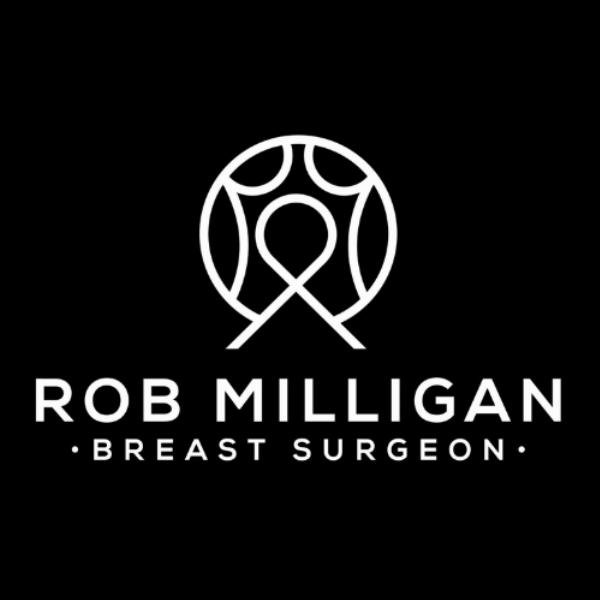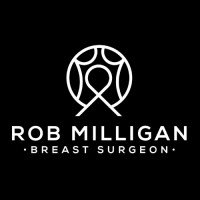Understanding Breast Enlargement and Plastic Surgery for Breasts: A Comprehensive Guide

Strong 8k brings an ultra-HD IPTV experience to your living room and your pocket.
Introduction to Breast Enlargement and Plastic Surgery for Breasts
Breast enlargement and plastic surgery for breasts encompass a range of procedures aimed at enhancing the size, shape, and overall appearance of the breasts. These surgeries have become increasingly popular as they offer personalized solutions to meet individual aesthetic desires and medical needs. This comprehensive guide explores the various aspects of breast enlargement and plastic surgery, covering the types of procedures, benefits, risks, and post-operative care.
Types of Breast Enlargement Procedures
1. Breast Augmentation with Implants
Breast augmentation, commonly referred to as boob jobs, involves the use of implants to enhance breast size and shape. There are different types of implants available:
Saline Implants: Filled with sterile saltwater, these implants are inserted empty and filled once in place. They provide a firmer feel and are adjustable.
Silicone Implants: Pre-filled with a cohesive silicone gel that mimics natural breast tissue, these implants offer a natural appearance and feel.
Gummy Bear Implants: Containing a highly cohesive silicone gel, these implants maintain their shape and are less likely to ripple.
Round Implants: Provide a fuller appearance and more significant lift, ideal for those seeking pronounced cleavage.
Anatomical or Teardrop Implants: Shaped to mimic the natural slope of the breast, offering a more natural look.
2. Fat Transfer Breast Augmentation
Fat transfer breast augmentation, also known as autologous fat grafting, involves harvesting fat from other parts of the body (such as the abdomen, thighs, or flanks) and injecting it into the breasts. This technique offers a natural enhancement using the patient's tissue and avoids the use of synthetic implants.
Plastic Surgery for Breasts: Other Procedures
1. Breast Lift (Mastopexy)
A breast lift involves lifting and reshaping sagging breasts to restore a more youthful contour. It is often combined with breast augmentation for enhanced results. Incision techniques vary based on the degree of lift needed:
Crescent Lift: A small incision along the top half of the areola.
Periareolar or Donut Lift: An incision around the perimeter of the areola.
Vertical or Lollipop Lift: An incision around the areola and vertically down to the breast crease.
Inverted T or Anchor Lift: Incisions around the areola, vertically down to the breast crease, and along the breast crease.
2. Breast Reduction (Reduction Mammaplasty)
Breast reduction surgery involves removing excess breast tissue, fat, and skin to achieve a breast size in proportion with the body. It alleviates physical discomfort and enhances the overall appearance. Incision techniques include:
Vertical or Lollipop Incision: Around the areola and vertically down to the breast crease.
Inverted T or Anchor Incision: Around the areola, vertically down to the breast crease, and along the breast crease.
The Breast Enlargement and Plastic Surgery Procedure
1. Consultation and Planning
A thorough consultation with a board-certified plastic surgeon is the first step. During this consultation, the surgeon will discuss your goals, medical history, and any concerns. Measurements and photographs of your breasts will be taken to plan the surgery accurately. The surgeon will also explain the different procedures, incision options, and techniques.
2. Anesthesia
Breast enlargement and plastic surgery for breasts are typically performed under general anesthesia, ensuring you remain comfortable and pain-free throughout the procedure.
3. Incision and Placement Options
The incision type and implant placement depend on the chosen procedure:
Inframammary Incision: Placed in the crease beneath the breast, suitable for various implant types.
Periareolar Incision: Around the lower edge of the areola, blending the scar with the natural transition.
Transaxillary Incision: Made in the armpit, avoiding visible scarring on the breast.
Transumbilical Incision: Through the belly button, leaving no scar on the breast.
Implants can be placed either above the pectoral muscle (subglandular placement) or below it (submuscular placement), depending on the patient's anatomy and desired outcome.
4. Closing the Incisions
The incisions are closed with sutures, skin adhesives, or surgical tape. Drainage tubes may be temporarily placed to remove excess fluid.
5. Recovery
Post-operative care involves close monitoring in a recovery area. Most patients can go home the same day, but assistance will be needed initially. Pain, swelling, and bruising are common in the first few weeks. Detailed post-operative care instructions, including wearing a support bra and avoiding strenuous activities, will be provided.
Benefits of Breast Enlargement and Plastic Surgery for Breasts
1. Enhanced Appearance
These procedures can significantly improve the size, shape, and symmetry of your breasts, enhancing your overall appearance and boosting your self-confidence.
2. Improved Proportions
Breast enlargement and plastic surgery can create a more balanced and proportionate figure, improving the fit of clothing and swimwear.
3. Restored Volume
Procedures like breast augmentation and lifts can restore volume lost due to pregnancy, breastfeeding, weight loss, or aging, giving your breasts a more youthful and full appearance.
4. Alleviated Discomfort
Breast reduction can relieve physical discomfort such as back, neck, and shoulder pain caused by overly large breasts.
Risks and Considerations
1. Surgical Risks
As with any surgery, there are risks including infection, bleeding, adverse reactions to anesthesia, and hematoma.
2. Implant-Related Risks
Implant-related risks include rupture, leakage, capsular contracture (scar tissue formation around the implant), and changes in nipple or breast sensation. Regular monitoring and follow-up with your surgeon can help manage these risks.
3. Need for Revision Surgery
Implants are not lifetime devices, and revision surgery may be necessary over time to address issues such as implant rupture, changes in breast shape, or personal preference.
4. Cost Considerations
Breast enlargement and plastic surgery are significant financial investments. Consider the cost of the initial surgery, potential future surgeries, and ongoing monitoring and maintenance.
Conclusion
Breast enlargement and plastic surgery for breasts offer transformative solutions for enhancing your appearance and boosting your confidence. Understanding the various procedures, benefits, and risks can help you make an informed decision. Always consult with a board-certified plastic surgeon to receive personalized advice and care tailored to your unique needs and goals.
Note: IndiBlogHub features both user-submitted and editorial content. We do not verify third-party contributions. Read our Disclaimer and Privacy Policyfor details.


